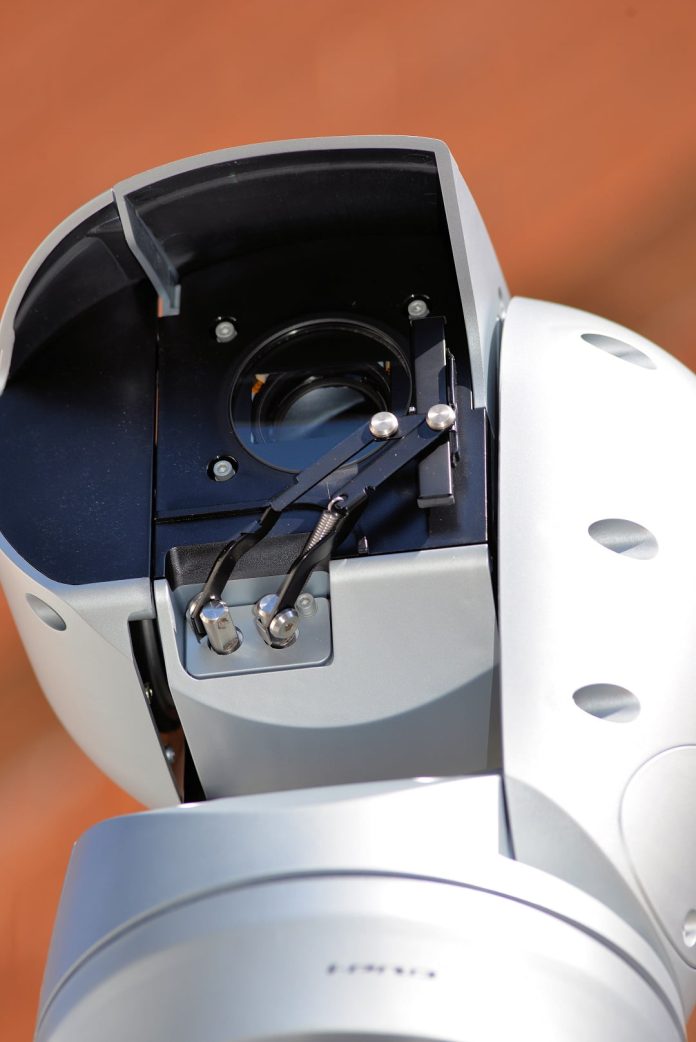PANASONIC Aero is a 1080p day/night, 30x optical, 1080x digital PTZ with 360-degree panning, 90-degree tilting with 150m of IR, 1P67 rating, IK10 rating, Video Stability Augment System and an operating temperature range between -50 and 55C.
I was very interested in the performance of Panasonic’s lovely Aero PTZ when the boys from BGWT bought it around to the SEN office and after spending a couple of days and an evening driving the camera, I formed a reasonable idea of where its core strengths lie.
I started out testing the Panasonic Aero taking in the district view. It’s a big view with objects from 2m (fence) all the way to 2000m (Centre Point Tower). First, I look at the wide-angle view. Even at the widest focal length of 4.3mm there’s virtually no barrel distortion in this image at all – maybe it’s 1 per cent but it might be less. That’s good performance indeed. The image is a little soft at this focal length though noise levels are relatively low. It’s very bright out here – around 80,000 lux – and it’s likely the WDR function is having an impact on sharpness, which is typical.
When I start zooming, panning and tilting with the Aero, pow, Aero’s operational functionality socks me in the eye. This is a camera designed to be driven in real time on very large sites or in public spaces. Utilities, ports, stadiums – this camera really handles beautifully. Hyperfocal distance is about half a metre by my estimation but when you zoom in on object in the near middle distance, you still get reasonably good performance in the background (not too much artistic bokeh), which is nice.
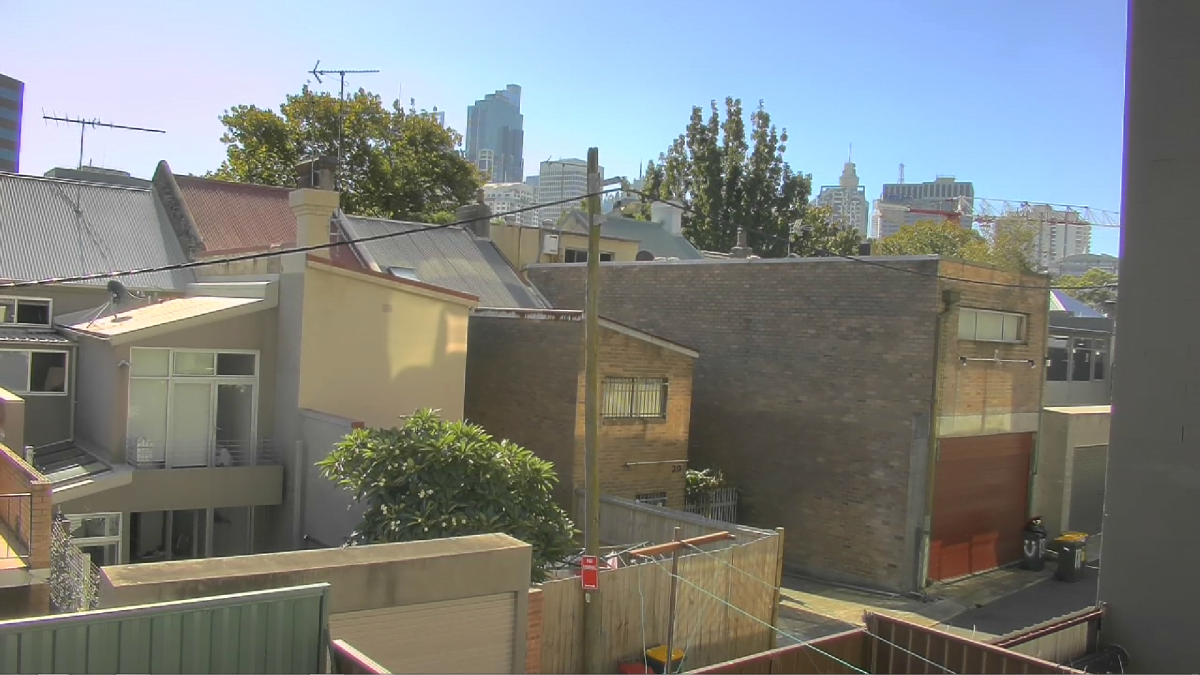
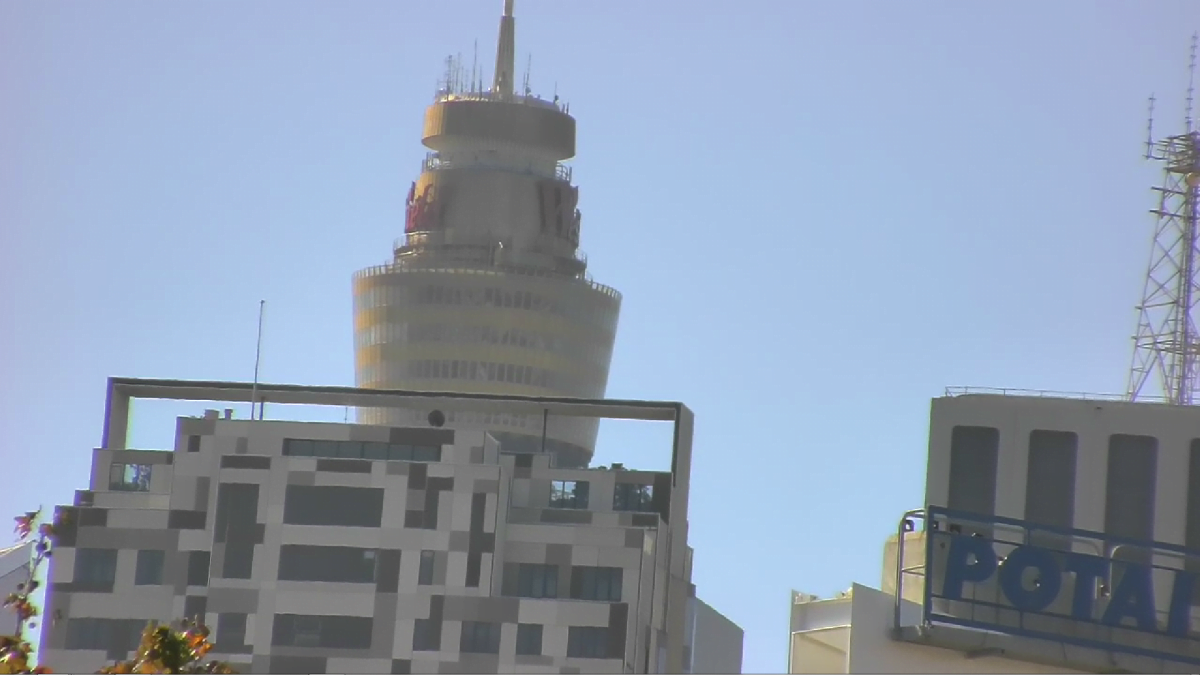
It’s not just the 30x zoom that impresses, it’s how useable it is – Aero handles beautifully…CAs are restricted to the edges. There’s a little false colour nearest the sun in the top image.
Something that is noticeable with this camera wide open at F1.6 and a focal length of 4.3mm, is longitudinal chromatic aberrations, which are visible almost exclusively at the edges of the scene to a depth of about 8 pixels. As you’d expect, these CAs are present to a lesser extent at the long end with aperture at F4.7 – they are about 6 pixels deep. Colour rendition is good – in the presence of WDR and when light levels fall, and the performance of the camera in variably lit scenes with 75,000 lux of sun and 10,000 lux of deep shade is solid, too.
Because it’s there, I swing Aero around to view Centre Point Tower at 2000m at a focal length of 129mm– it’s the best image I’ve had of the tower out here – there’s not really any sign of pin cushion distortion, either. Because we’re dealing with a 1080p sensor, digital zoom offers less than you expect with the Aero and you really need to use its optical capability as much as you can. I also play with the 90-degree tilt, which is great. Between the tilt and the 30x zoom, I get views of the towers around me I’ve never had before.
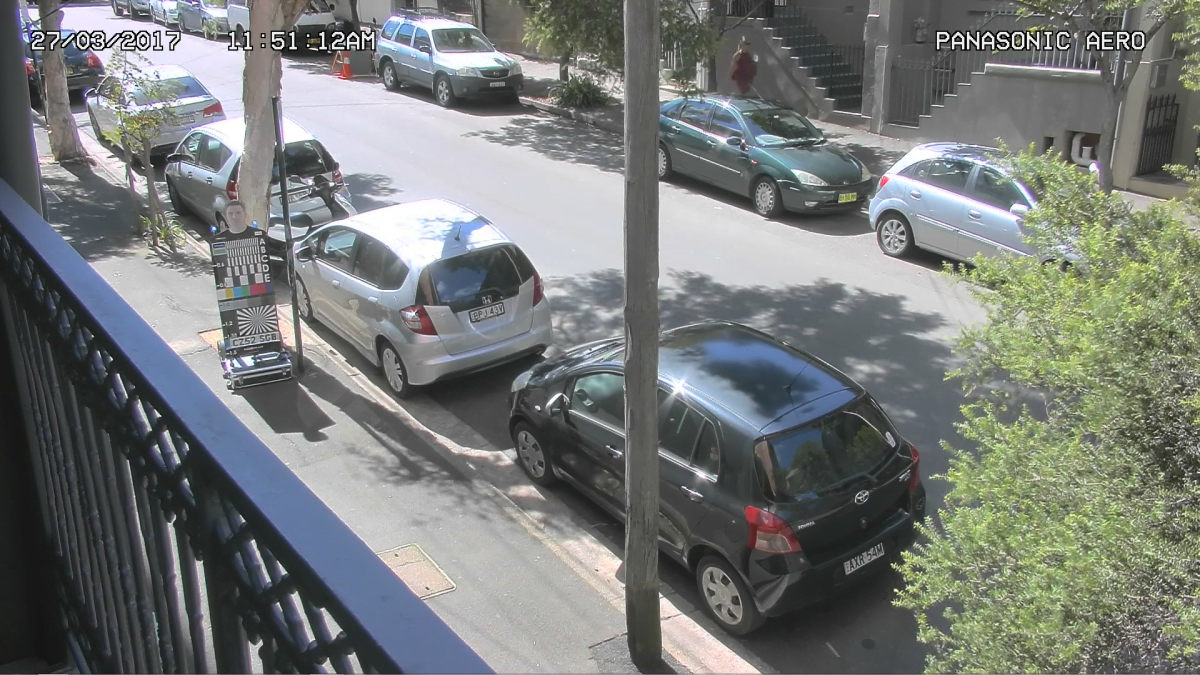
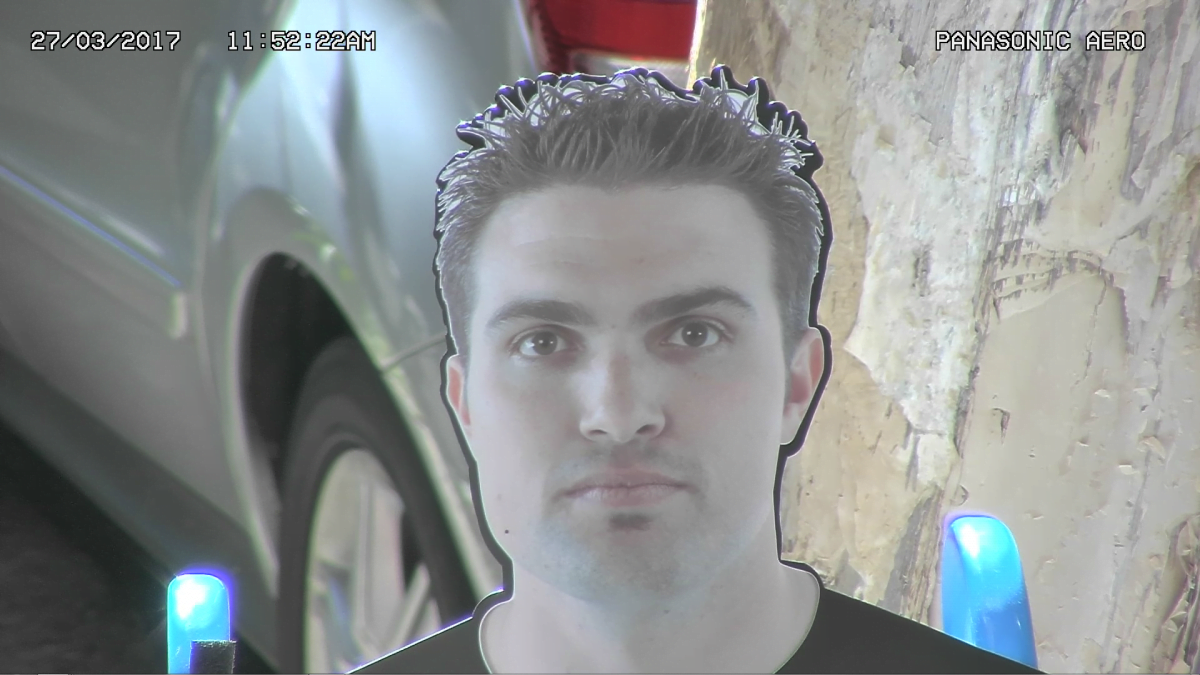
At 16m and around 80mm focal length, you get this performance – time taken from pulling a square around Norman to final focus is about 5 seconds…
Next day, I drag Norman out the front and move him up and down the street to get a sense of image quality. It’s good at the wide end, better in the middle and best at the long end – you expect that, but with a PTZ this flexible and easy to drive, the image quality at the long end really stands out. WDR performance is these conditions is good, too. It’s 75,000 lux in the sun but aside from some CAs on high contrast points, I have no trouble getting portrait quality imagery of Norman.
Check out SEN’s full review of Panasonic Aero here! ♦



